In Azzaro pour Homme (1978) we saw how the fresh-lime and floral notes of dihydromyrcenol swung the fougère away from green to a more transparent style. The trend of using aromachemicals to change the character of the fougère continued into the nineties.
Cool Water (1988)
The next big aromachem was Calone, which combines marine-like and ozone smells. Calone had previously been used in New West for Him (1988) but when Pierre Bourdon combined it with dihydromyrcenol, the result came alive in a way that New West didn’t. His Aquatic Fougère was a huge hit, one that changed perfumery forever.
The opening of Cool Water is orange tinted bitter apple with a seaside breeze. Underneath, there’s a woody-powdery sweetness, with geranium hiding in the heart. In the base there is oakmoss. It’s often paired with coumarin in the foundation of Fougères, and it adds a salty note to the Aquatic making it the keynote that binds together the two sides of the Aquatic Fougère structure.
Cool Water is a bold departure from the sweetness of Brut and Azzaro’s elegance. It purveys a tonic freshness, which -while being a ‘perfume’- makes a fine cover for the acrid odors that men may give off.
Cool Water is partly adornment, partly odor masking; and so it can be seen as a quasi-functional fragrance - as well as a fine perfume.
Cool Water doesn’t get high ratings on the parfumista websites: 54% positive on Basenotes and 3.89 out of 5 on Fragrantica. This may be due to the reformulation required by IFRA. Being a Fougère and an Aquatic, Cool Water is doubly reliant on oakmoss for its integrity. Any restriction of this linchpin will change the formula for the worse.
Luca Turin quipped that if Bourdon got a dollar for every bottle of Cool Water clone ever sold, he’d have a yacht on the Cote d’Azur.
I won’t bother naming them all but I will mention one, Eternity for Men (1989) - a typically inferior specimen from Coty Prestige. With its harsh tones you can almost feel Sauvage waiting in the wings.
Nobile (1988)
By the later years of the eighties, the Powerhouse Fougère had run its course. After several years of bold and forceful expression the good ideas were exhausted; the form remained but new content wasn’t coming through.
Nobile was the last of the Powerhouses. It retained the old structure but relied on past glories for a new twist; in this Gucci scent, fougère aromatics blend with the forest greens of vintage Italian colognes like Silvestre (1946).
From now on the fougère could no longer ignore the new dispensation. This was the last of the Pre-Aquatics.
Axe Marine (1989)
One solution was to accommodate the aquatic and and carry on as usual. Axe Marine is an aromatic fougère with an aquatic overtone. Being conservative in style, it hasn’t dated much and is still wearable.
Even though it was cheap, the quality is better than many modern designer perfumes; and being a budget scent the aftershave was a real bargain — but now it’s scalped and rare.
Balenciaga pour Homme (1990)
A fruity aromatic, but is it fougère?
Balenciaga pour Homme is most likely based on Lapidus pour Homme (1987). They differ in detail but the general shape is the same.
Their fruity accords feel like mild versions of Cool Water’s crab apple. This makes the Lapidus a possible source of Bourdon’s masterpiece (and the Balenciaga one of its clones).
The fougère in Balenciaga pour Homme is not so easily dealt with. There are aromatic elements in the form of coriander and bergamot but the heart bears no flowers. And while the base uses moss, musk and amber, no coumarin is listed. The effect is fougère-like but not fougère as-such, more like a chypre—fougère—amber.
The next perfume in the list is similar to the two pour Hommes because it’s a chimera-like hybrid with a cousin
Globe (1990)
Like BpH and LpH, Globe has a cousin in the form of Insensé, but this time they are second cousins and not so alike.
Globe was a bit like Roxy Music, the exciting, weird and sleazy band from the seventies. They were based on the strange alliance of Bryan Ferry - the lounge lizard, and the musical artist Brian Eno. These two were bound to part ways.
In the same way, Globe’s confluence of fougère, chypre, sweetness and floral tends to pull in different directions. This most likely confused the men who were meant to buy it - and it didn’t sell. But, as well as the punters, Globe’s hybrid identity baffled the aficionados; Parfumo calls it Spicy Woody, Fragrantica says it’s Leather, Basenotes has no opinion, and because it disappeared long ago, Micheal Edwards’ manual is mute on the subject.
The cloud of unknowing that swirls around Globe extends to its maker; some go with Nicolas Maumounas because -for a long time- he was nose at Rochas. Others support Jean-Claude Ellena. Stylistically it’s hard to say.
Insensé (1993)
A blend of balsamic sweetness and evergreen forest, this pale soft fougère is described as a masculine floral, which basically means low key - the flowers merge into abstract woodiness. Insensé is similar to the doomed Globe in this respect, but it’s more coherent — minimal and streamlined. It’s more like Brian Eno in his ambient phase, droning along without the spicy stuff.
There is pepperiness though; but even though it could involve incense it’s probably a perfumer’s joke. The word insensé has nothing to do with incense, it actually means insane - the fans’ likely reaction when it was pulled by LVMH. Later, the suits rightly saw sense and it’s back on the shelves again.
Deep Forest - Bogner (1995)
A classic fougère with aromatics and coumarin evident.
Deep Forest has a sweet green feel that’s like Paco Rabanne with poise. If not a great leap forward, it was one step closer to the Platonic Green Fougère. It has a high reputation among fragheads, something not harmed by its rarity.
Tommy (1995)
A completely synthetic scent but none the worse for it, Tommy sports the most insular note list ever.
You could include Philadelphia pepper, Cape Canaveral cardamom, Sacramento saccharine…
Marketing aside, this sweet and fruity aquatic fougère is a fine reply to Cool Water.
Le Mâle (1995)
In the fougère story Le Mâle makes a body swerve.
It looks like it should be an aquatic, but that’s only because it wears a marinière. In fact, it’s an Amber Fougère which blends mint with barbershop mousse. The base is sweet and spicy, which creates a cool—warm contrast with the top of the scent.
Francis Kurkdjian was straight out of ISIPCA when he composed this, which according to Wikipedia ‘closely resembles’ Cuba Gold by Paris (1979?). Kurkdjian, who was born in 1969, asserts it was “based on a men’s hairdresser in the ‘50s”.1
Boss Bottled (1998)
Chemical odorants are cheaper and more consistent than most natural materials. As a result, perfumes employ more synthetics than they once did. Fruity notes are an example of this; along with woody ambers, fruity molecules make up the core of Boss Bottled — a notably synthetic fragrance.
Attached to this fruity-woody structure are fougère elements - as we can see from the allergen list: linalool - found in lavender and coriander amongst other things, geraniol - a rosy geranium note, and cinnamal - which PerfumersWorld calls aromatic and balsamic. There is also sandalwood, cedar, vanilla and olive tree listed, which are possible coumarin substitutes.
Boss Bottled is not a fougère but a fruity-woody that employs elements of the genre as grace notes.
Sander for Men (1998)
This doesn’t seem like a fougère but Michael Edwards says it is, and I’m not going to argue with him.
This is where the ‘natural’ fougère of lavender, geranium and tonka morphed into the chemical-minimalist style that’s typical of the millennium.
From this spicy woody aquatic-fougère, it’s no giant leap to the Spiky Woods. But amazingly, in the fast moving world of modern perfumery, it was twelve years before someone took that small step and created the bois qui pique.
Check out the final chapter to see what that might be…

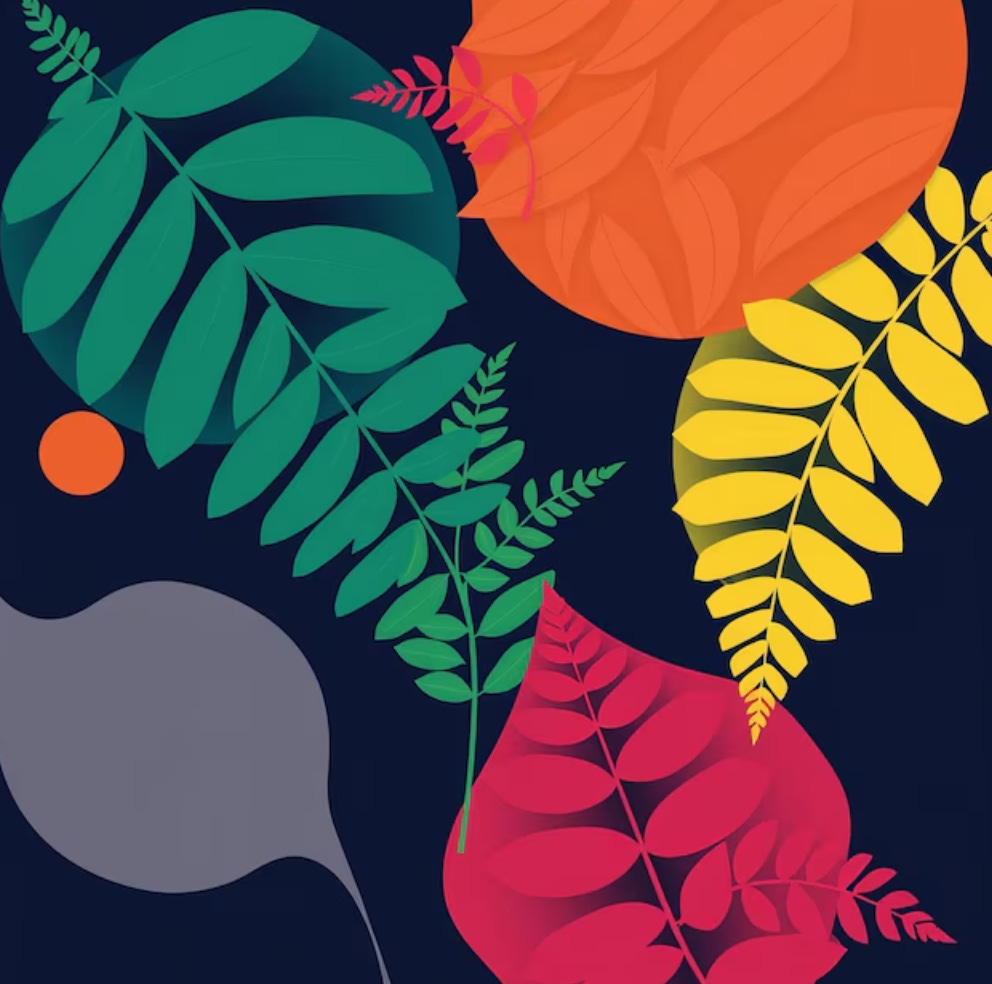
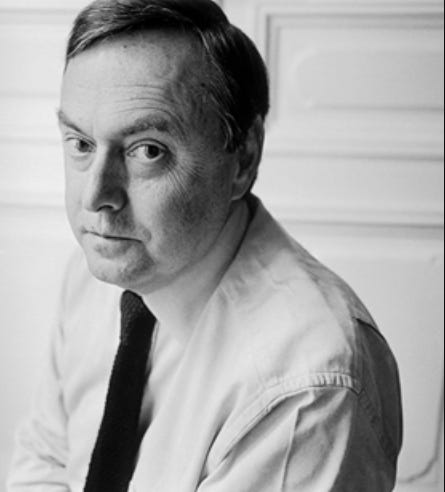
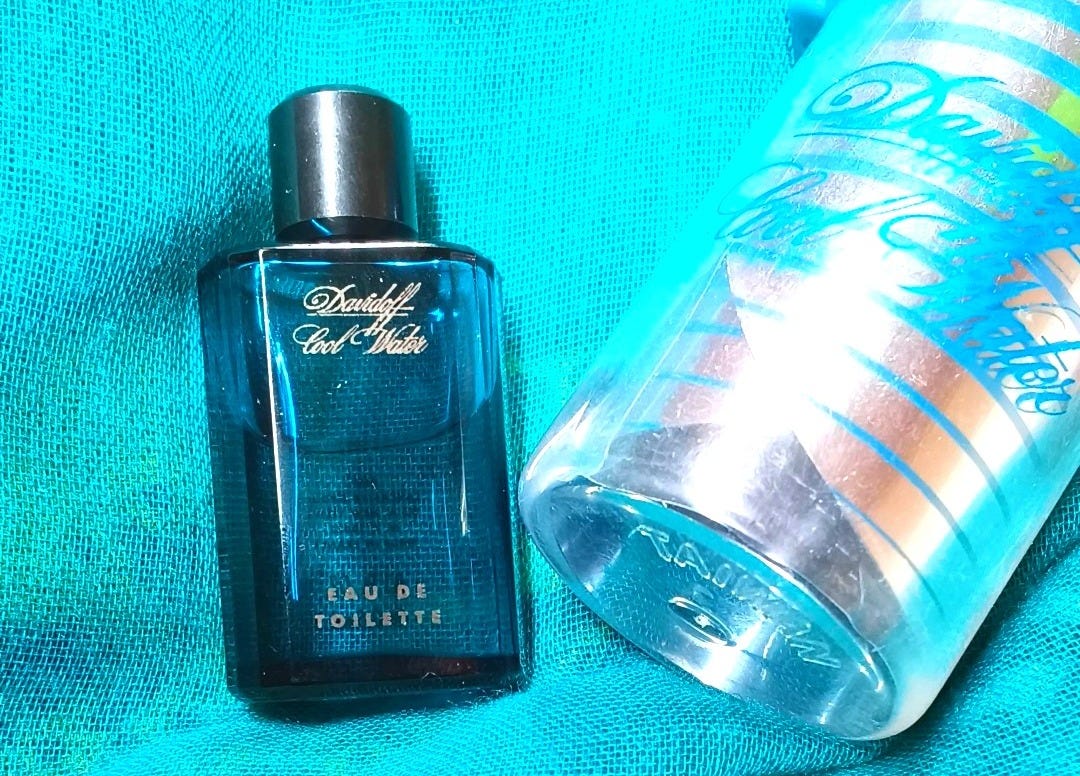
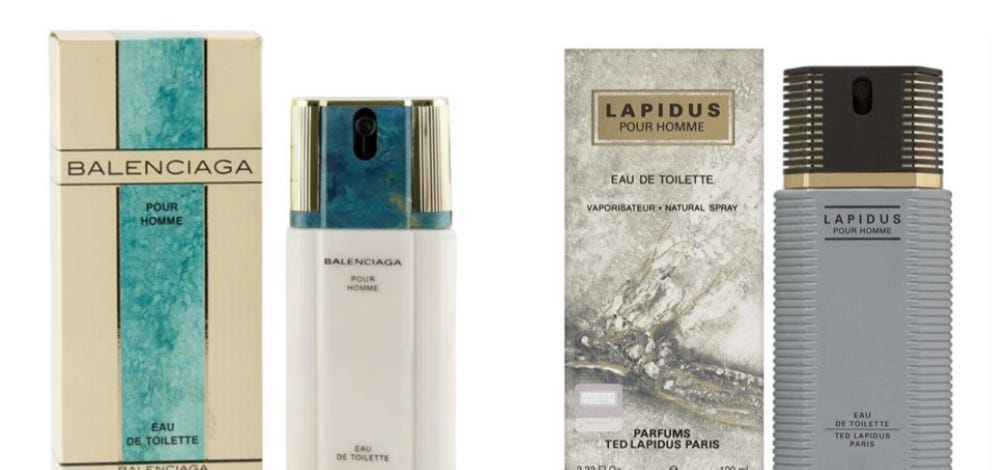
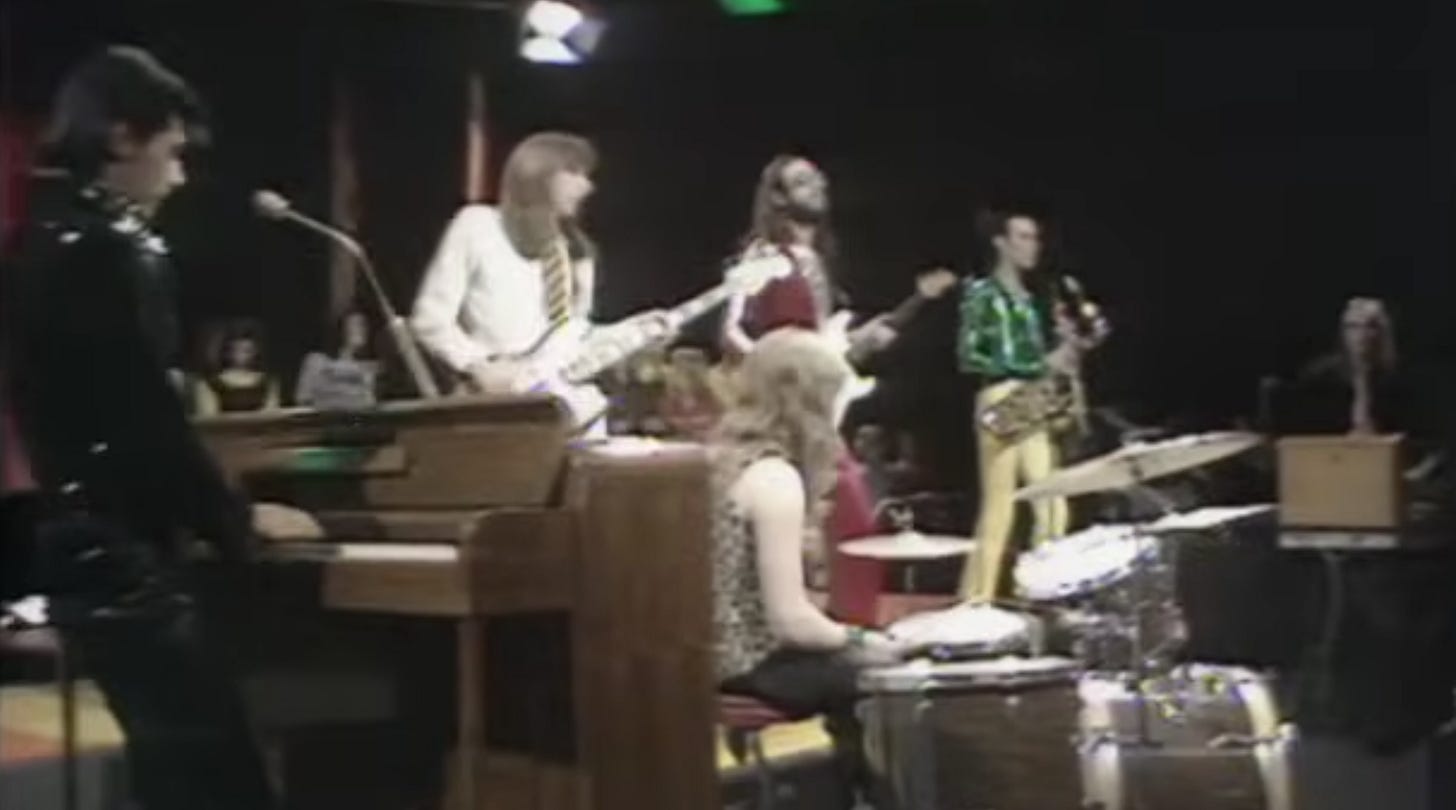
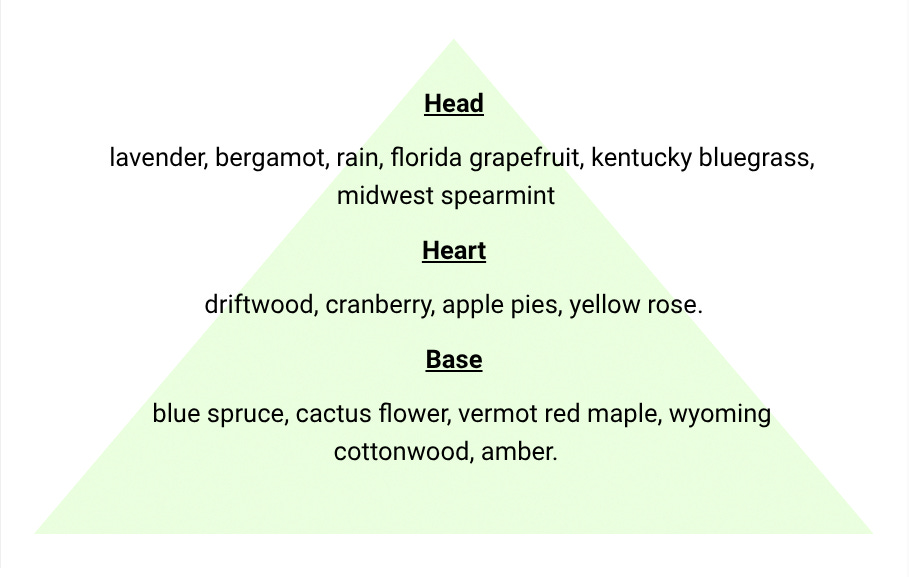
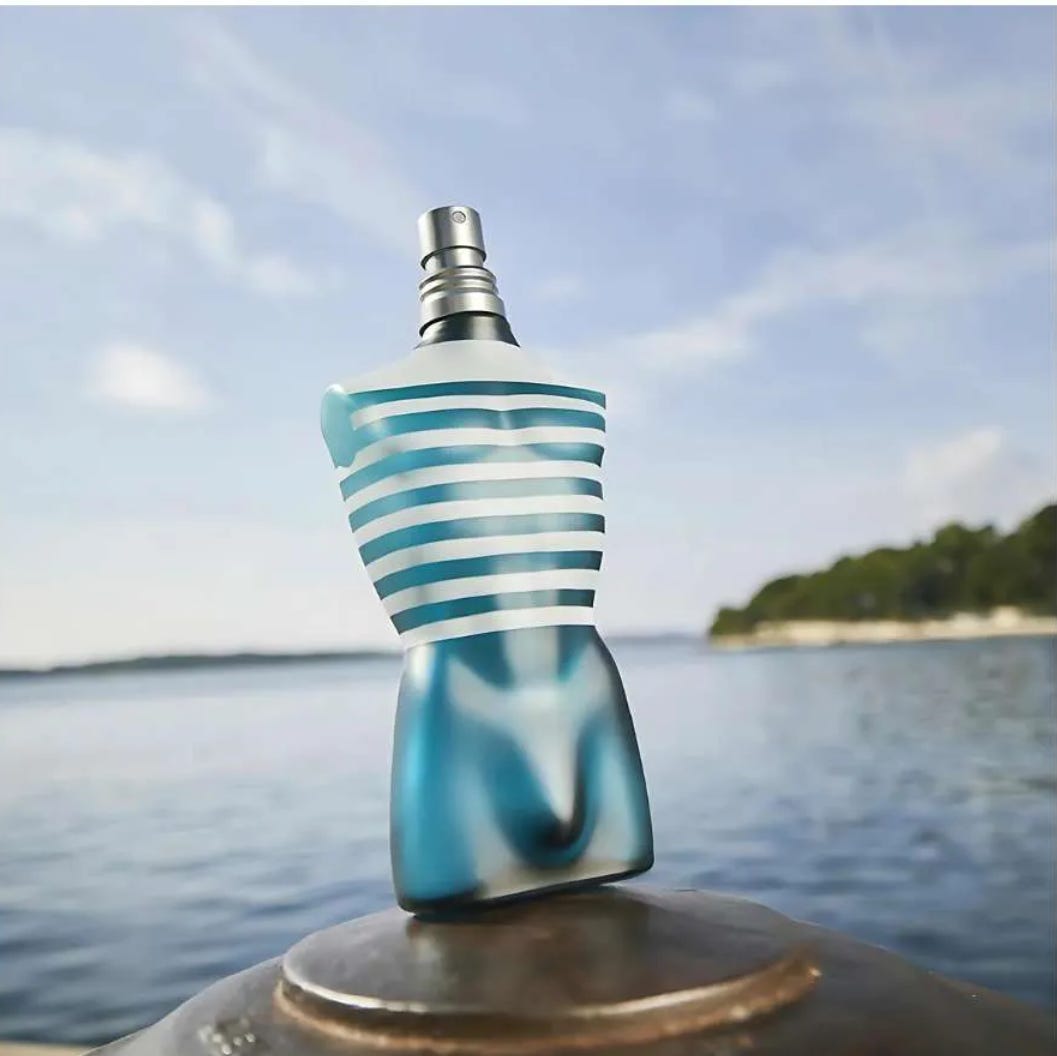
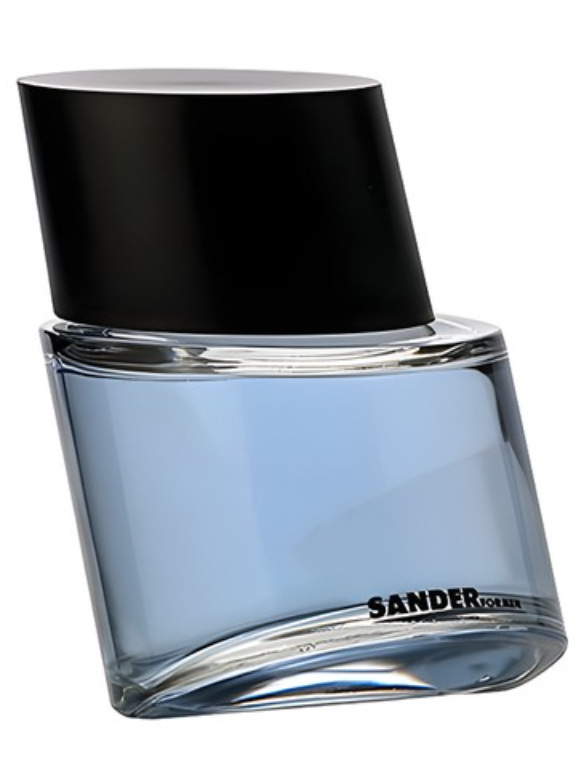
I appreciate the Roxy Music and Brian Eno references.
What would happen to Cool Water if you added back some of the oak moss that was taken out?